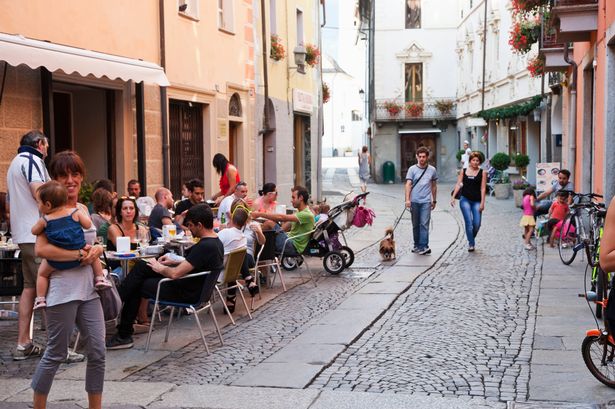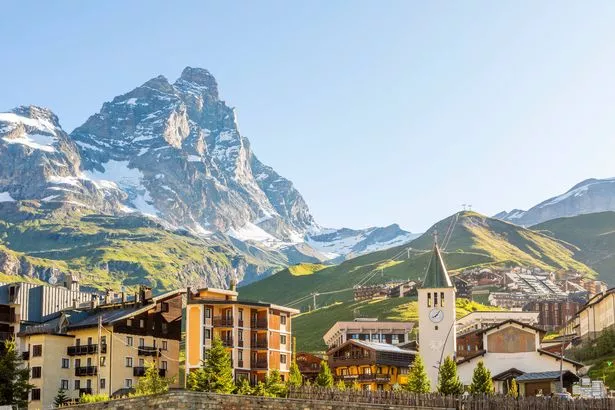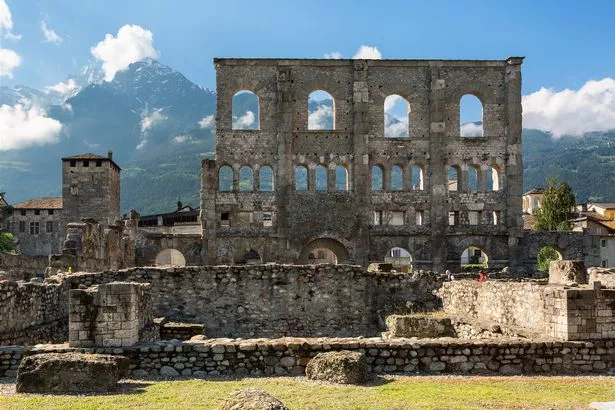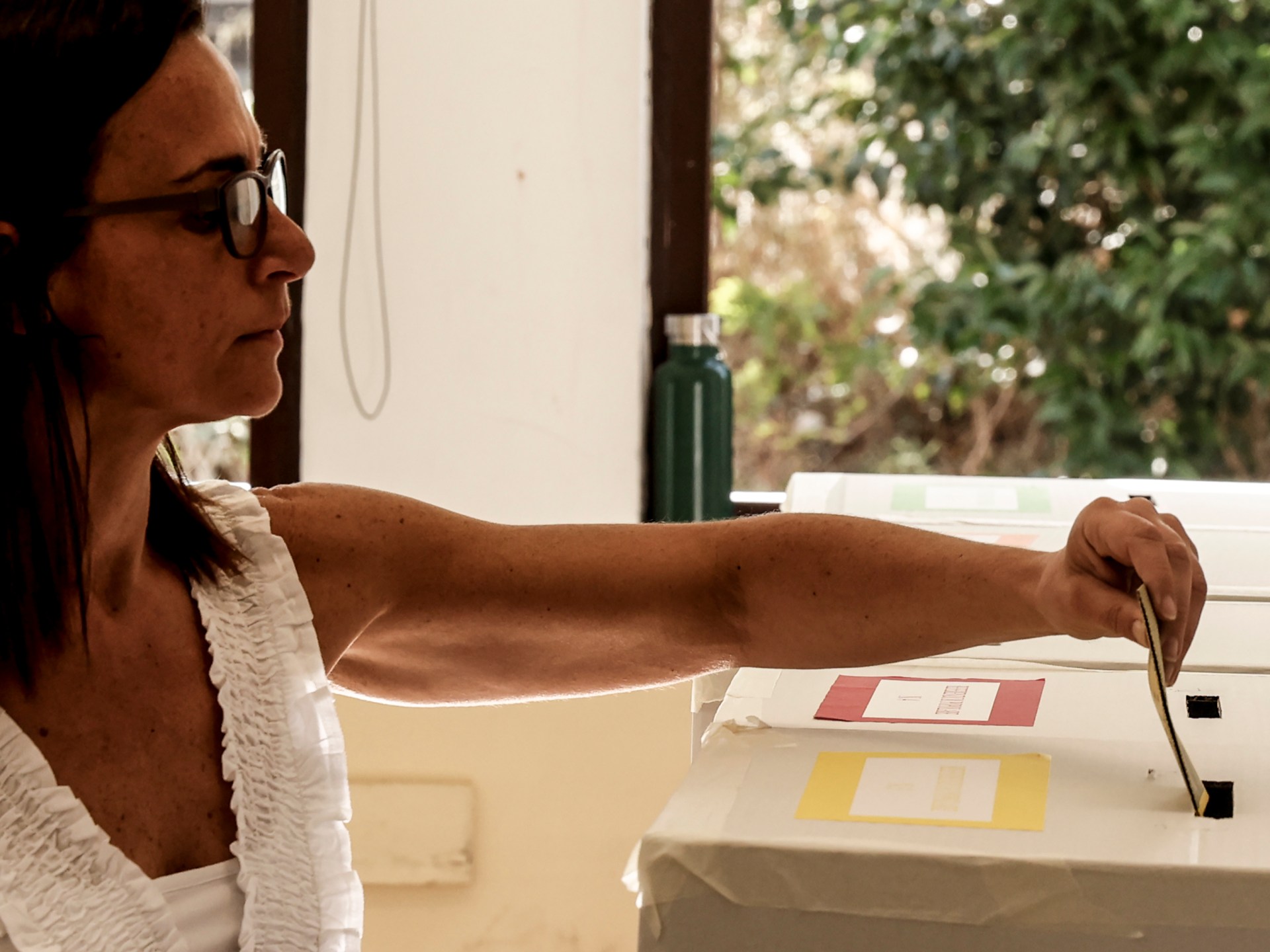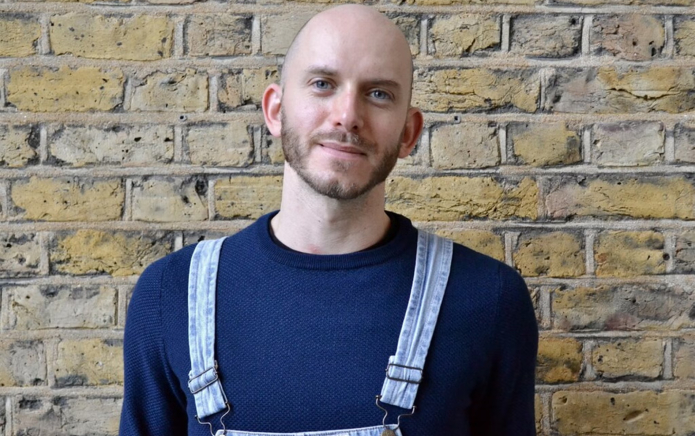The Little Rome in the Alps, Aosta is a small city in the Aosta Valley, the northwesternmost corner of Italy. The city is guarded by three of the tallest massifs in the Pennine Alps
At the end of Via Sant’Anselmo, you’ll find the remnants of Porta Pretoria, once the main entrance to the Roman city. Just a stone’s throw away is the Roman theatre, boasting a 22-metre-high façade that showcases the brilliance of Roman architecture.
From Porta Pretoria, visitors can explore the Medieval section of Aosta, leading to the central Emile Chanoux Square, home to the city hall and delightful patisseries offering local treats like Tegole and French-style pastries. The Italian city of Aosta boasts a compact city centre that’s perfect for exploring on foot. The local council has also recently unveiled an extensive cycle lane.
READ MORE: Shoppers say ‘beautiful’ statement jewellery is a ‘compliment getter’
From Aosta, holidaymakers can venture into the mountains for breathtaking views and walks in Gran Paradiso National Park, reports the Express. History enthusiasts will be spoilt for choice with hundreds of castles and forts scattered across the region, built over centuries.
Among the most notable are Forte di Bard, which made an appearance in Avengers: Age of Ultron; Savoy Castle in Gressoney and Issogne Castle. At the end of Via Sant’Anselmo, you’ll find the remnants of Porta Pretoria, once the main gateway into the Roman city.
Just a stone’s throw away is the Roman theatre, boasting a 22-metre-high façade that showcases the brilliance of Roman architecture.
From Porta Pretoria, visitors can wander through Aosta’s medieval quarter, leading to the central Emile Chanoux Square, home to the town hall and delightful patisseries offering local treats like Tegole and French-style pastries.
Aosta boasts a compact city centre that’s perfect for exploring on foot. The local council has also recently unveiled an extensive cycle path.
From Aosta, holidaymakers can venture into the mountains for breathtaking views and walks in Gran Paradiso National Park. History enthusiasts will be spoilt for choice with hundreds of castles and forts scattered across the region, built over centuries.
Among the most notable are Forte di Bard, which made an appearance in Avengers: Age of Ultron; Savoy Castle in Gressoney and Issogne Castle.
